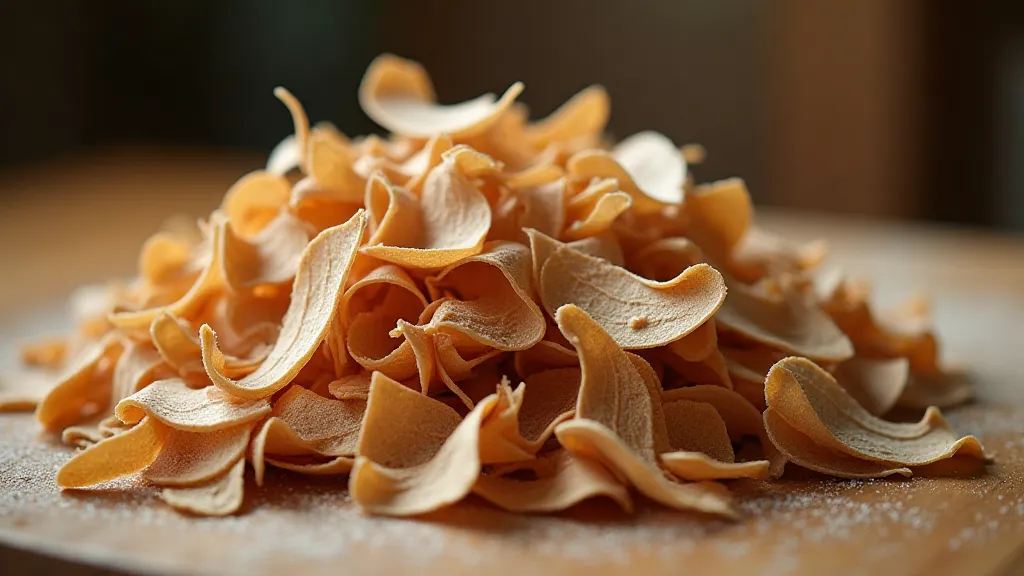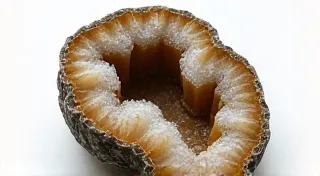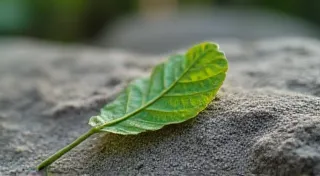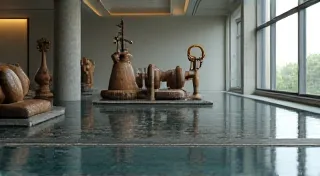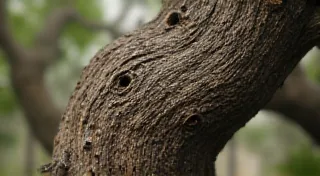The Geometry of Letting Go: Whittling as a Pathway to Release
There’s a certain melancholy that clings to antique accordions. I remember visiting my grandfather’s house as a child; a sprawling Victorian filled with the scent of pipe tobacco and polished wood. He played an accordion, a bellows-driven leviathan of keys and reeds, and the music that poured forth wasn't always joyful. Sometimes it was a lament, a quiet acknowledgement of loss and the passage of time. That music, and the accordion itself, seemed to embody a letting go, a release of something held too tightly for too long. And it struck me, years later, that the act of whittling shares a similar resonance.
Penknife whittling, at its heart, is an act of subtraction. You begin with a block of wood – something whole, solid, and brimming with potential. And then, piece by piece, you remove material, revealing the form hidden within. It’s a physical manifestation of letting go, a tangible expression of releasing control. The connection isn’t just metaphorical; I've found that the focused rhythm of the knife, the scent of the freshly-cut wood, and the slow reveal of the form has a profound, meditative effect. It’s a way to quiet the noise, to find stillness in a world that often demands so much of our attention.
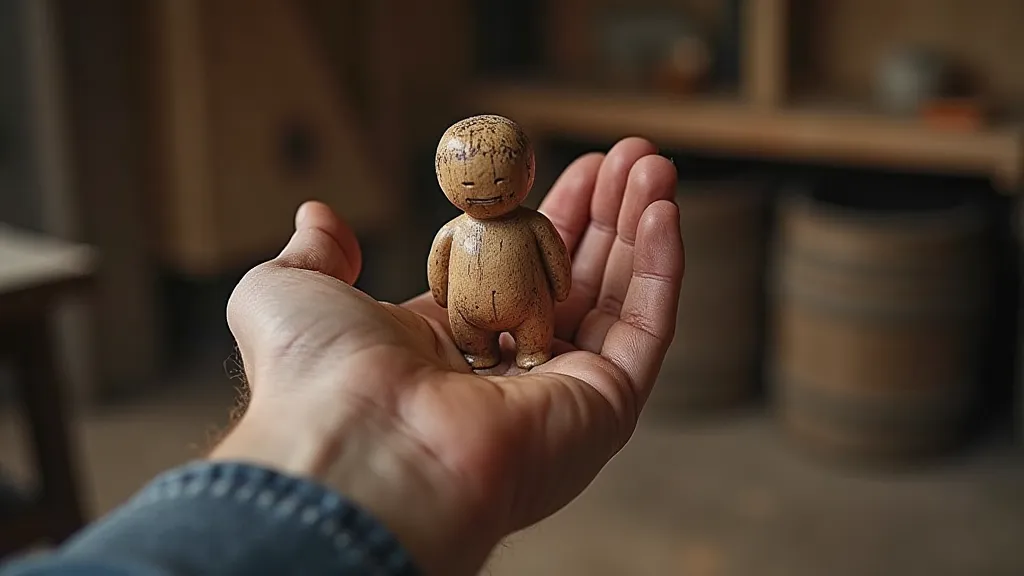
A History Rooted in Necessity and Tradition
The history of penknife whittling stretches back centuries, interwoven with the histories of folk art and rural life. It wasn't born of a desire for fine art, but from a necessity. Early whittlers were often laborers, farmers, sailors – individuals who had access to wood and a need for simple tools. A penknife wasn't just a tool for opening letters; it became a means of creating everything from toys for children to functional objects like spoons and handles. Think of sailors carving figures from driftwood during long voyages, or farmers whittling simple animals to entertain their children on a winter’s evening. These weren’t formally trained artists; they were simply using what they had to express themselves and ease the monotony of hard work. The craft often left a unique mark, a testament to the tools and techniques used, and sometimes a story of the individual’s skill—a topic explored further in articles about penknives as relics of forgotten trades.
The term “whittling” itself seems to have emerged in the late 18th century, though the practice undoubtedly predates that. The word’s etymology is debated, but many believe it’s related to the practice of “whet” – to sharpen a blade. It speaks to the constant maintenance required to keep a penknife in working order, a detail often overlooked by those who view whittling as a purely creative pursuit. It’s a practice of mindful attention, not just to the form emerging from the wood, but also to the tool itself.
In the American South, whittling became particularly ingrained in the culture, often associated with mountain folk and rural communities. Images of solitary figures carving on porches, bathed in the warm light of the evening, are deeply embedded in the collective imagination. The association with a simpler, more self-sufficient way of life further romanticized the practice, solidifying its place in American folklore.
The Craftsmanship and the Knife
The beauty of penknife whittling lies partly in its simplicity. You don’t need expensive tools or a formal education. All you need is a knife, a piece of wood, and a willingness to experiment. But the selection of the knife itself is crucial. A cheap, poorly-made knife will be a constant source of frustration, dulling quickly and requiring excessive force. A good penknife, made from high-carbon steel and properly sharpened, will feel like an extension of your hand, effortlessly gliding through the wood.
Historically, Sheffield, England, became the epicenter of penknife manufacturing. The region's access to raw materials and skilled artisans led to the production of knives prized for their quality and durability. These knives weren't mass-produced; they were often handcrafted by skilled cutlers who took pride in their work. A well-made Sheffield penknife, even one centuries old, can still be a joy to use. The craftsmanship involved is astonishing – the careful shaping of the handles, the precise grinding of the blades, the intricate assembly of the moving parts. Many antique knives bear witness to a dedication that echoes through time, offering a tangible connection to a legacy of craftsmanship; an aspect detailed further when examining the echo of grain and memory in penknives.
Restoration of antique penknives is a specialized field, requiring a deep understanding of the original construction and materials. Simply cleaning and sharpening a knife can often restore its functionality and beauty, but more extensive repairs can be complex and challenging. Collectors often seek out knives with original markings and features, recognizing the historical significance of these seemingly humble tools.
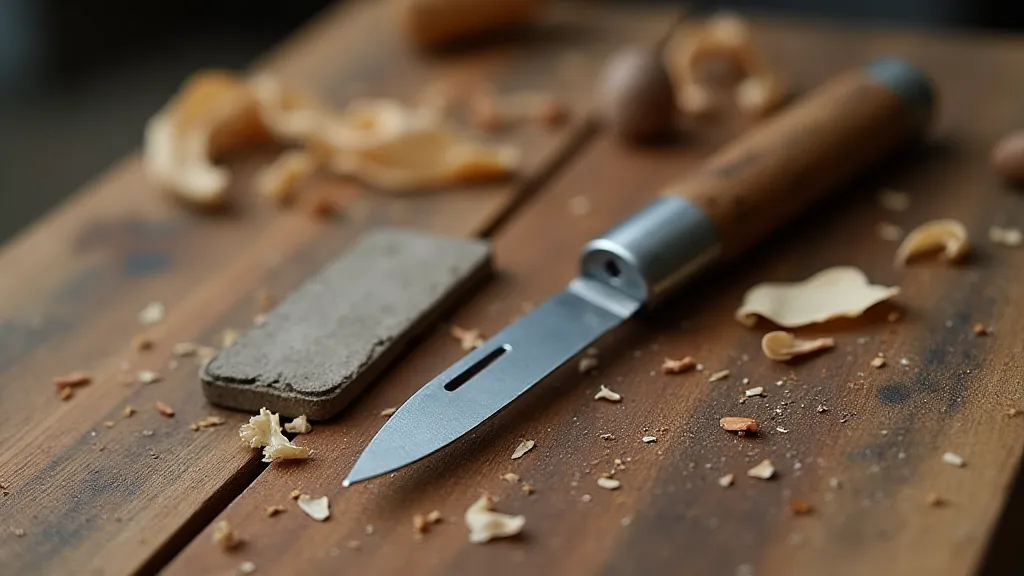
Letting Go: The Meditative Aspect
The act of whittling isn't just about creating a finished object; it's about the journey itself. It's about the process of subtraction, of continually removing material until the form reveals itself. There's a certain vulnerability in that process, a willingness to relinquish control and allow the wood to guide your hand. It’s a tangible metaphor for letting go of emotions, of releasing burdens that we carry. This concept of revealing form through absence, through deliberate removal, resonates deeply with those exploring artistic expression; a principle examined in detail when considering mastering negative space in penknife carving.
When I'm feeling overwhelmed or stressed, I often find solace in whittling. The repetitive motion of the knife, the focus required to avoid mistakes, and the immediate feedback from the wood all work together to quiet the internal noise. It's a form of active meditation, a way to center myself and find a sense of calm. The scent of the wood, too, has a calming effect – a grounding aroma that connects me to the natural world. The constant engagement with the materials, the deliberate carving, represents a continuous process of rebirth and transformation.
There's also a certain beauty in the wood shavings themselves. They are the remnants of the form, the evidence of the process. They are a reminder that nothing is permanent, that everything is in a constant state of flux. Just like the accordions my grandfather played, each shaving tells a silent story of creation and release. The shavings themselves are a beautiful representation of loss and renewal, an element profoundly connected to the creative act—a cycle explored further when delving into the scar and the seed: rebirth through the carving blade.
And it's in that geometry of letting go, in the act of creating something beautiful from nothingness, that the true magic of penknife whittling resides. It’s about more than just the finished product; it’s about the journey, the quiet contemplation, and the profound connection to the material world. The act provides a release, a way to confront challenges, and a pathway to finding peace amidst chaos. It is, in essence, a form of tangible therapy—a practice available to anyone willing to embrace the simplicity and power of a single knife and a piece of wood.
